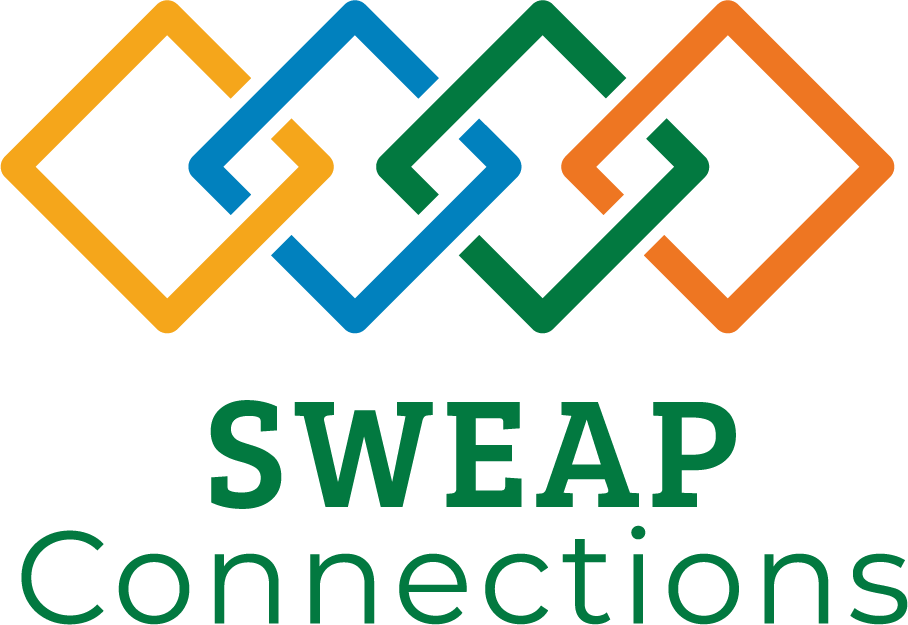It’s a fact: Healthy employees are more productive, have fewer absences, and are more engaged overall, which can result in a positive impact on your company’s bottom line. However, according to a recent poll conducted by NPR, the Robert Wood Foundation, the Harvard Opinion Research Program, and the Harvard T.H. Chan School of Public Health, employees agree that their jobs and workplaces have an impact on their health, but not necessarily in a positive manner.
In their survey of more than 1,600 adult workers in the United States, one in six (16%) responded that their current job has an adverse effect on their overall health. This negative impact also extends to the workers’ stress levels (43%), eating habits (28%), sleeping habits (27%), and weight loss or gain (22%). The main causes of stress at work aren’t terribly surprising – they include workload management, issues with managers or fellow employees, difficulty coping with work and personal life balance, and a perceived lack of job security.
An analysis conducted by the World Health Organization found that by 2030, the world will have lost 12 billion workdays due to depression and anxiety disorders. This adds up to an incredible 50 million years of work lost and puts the annual financial impact to the global economy at a staggering $925 billion.
This stress can also be blamed for a loss in productivity, with 35 percent of employees confessing that they lose one hour or more per day in productivity due to stress. So, it’s easy to see why, in today’s fast-paced work environment, it’s more important than ever for employers to promote healthy working behaviors and surroundings. However, this thinking should extend beyond traditional wellness programs such as weight management and step challenges to mental health management. More employers have been inspired to provide employees with benefits and programs to reduce stress, with one survey finding that 54 percent of employers planned to offer physical activity programs for their employees as of January 2015. But that’s not enough. Employers need to take a long, hard look at helping their employees manage their mental health as well as their physical health. They also need to think about how they communicate these benefits to their diverse employee populations.
A 2015 study of more than 2,000 U.S. employees conducted by The Futures Company, Aon, and National Business Group on Health indicated that there’s quite a disparity among generations when it comes to using an employee assistance program provided by their employer. While only 7% of Boomers said they’ve taken advantage of their EAP, 12% of Gen Xers and 23% of Millennials have used theirs. Awareness is key. Managers need to not only ensure their teams know an EAP is an option, but they also need to encourage their employees to rely on it as a tool to help them manage stress. The reduction in absenteeism and increase in productivity are worth it.
SWEAP Connections has provided employee assistance programs and risk management solutions to companies since 1978. Our commitment to excellence is founded on the belief that active partnership with our client companies and delivering face-to-face services produces the best results.

